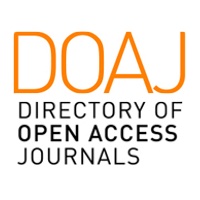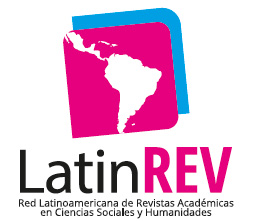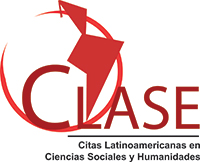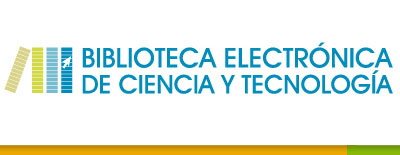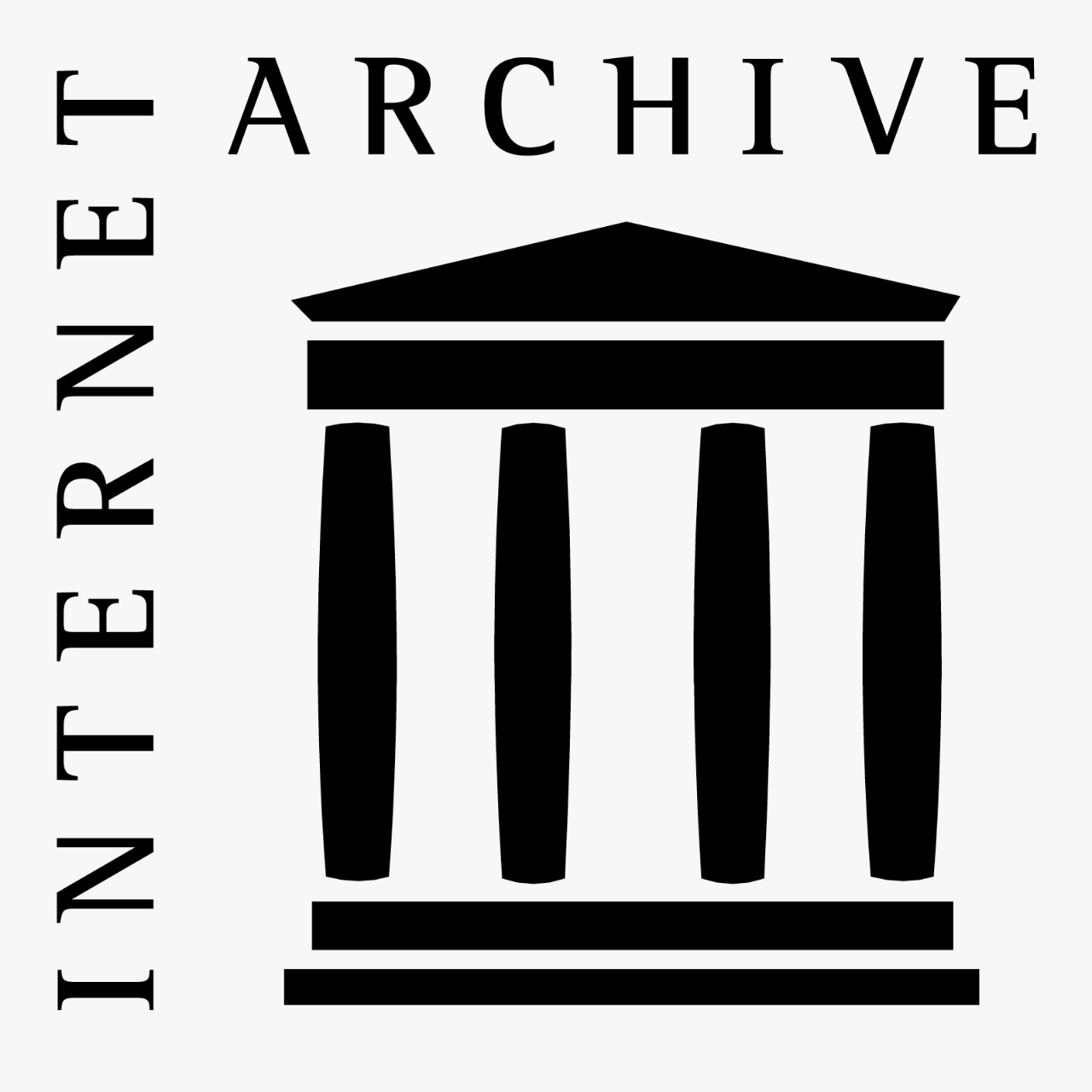Fundamentals of socio-technical mediatization
A non-anthropocentric approach of technological innovation
Abstract
he purpose of this paper is to dispense with the anthropocentrism of the analysis of technological and symbolic production and appropriation by proposing the notion of ‘socio-technical mediatization’ which includes the performative capacity of technologies. To this end, the theoretical guidelines of the semio-anthropological perspective of mediatization are recovered, although it postulates the relevance of incorporating a socio-technical and symmetrical approach that does not over-determine human actions over the qualities of communication technologies. To this end, it draws on studies of technology and archaeological findings that postulate that technological innovation and use were the driving force behind the evolution of the human species.
Downloads
References
Acciardi, M. (2023). “Co-evolución de las inteligencias humanas y no humanas”. En: Premio de la Facultad de Psicología de la Universidad de Buenos Aires. 11–47.
Ambrose, S. H. (2001). Paleolithic technology and human evolution. Science, 291, 1748–1753. https://doi.org/10.1126/science.1059487.
Ambrose, S. H. (2010). Coevolution of composite-tool technology, constructive memory, and language: implications for the evolution of modern human behavior. Current Anthropology, 51, 135–147. https://doi.org/10.1086/650296
Andrés, G. (2021). Tecnología, comunicación y conocimiento. Apuntes sobre la mediatización contemporánea. Imago Mundi.
Bennett, J. (2022). Materia vibrante. Una ecología política de las cosas. Caja Negra.
Braidotti, R. (2022). El conocimiento posthumano. Gedisa.
Bolin, G., Ferreira, J., Löfgren, I., & Machado da Silveira, A. (eds.). (2024). Mediatisations North and South Epistemological and Empirical Perspectives from Sweden and Brazil. Södertörn University.
Carlón, M. (2024). Semiótica, (hiper)mediatización, circulación y actores/enunciadores: ¿hacia un enfoque macrorrelacional no antropocéntrico para pensar el futuro? Matrizes, 18(3), 159–183. https://doi.org/10.11606/issn.1982-8160.v18i3p159-183.
Charbonneau, M. (2015). All innovations are equal, but some more than others: (re)integrating modification processes to the origins of Cumulative Culture. Biological Theory, 10(4), 322–335. https://doi.org/10.1007/s13752-015-0227-x.
Escudero, L. & Olivera, G. (2022). Mediatización: el largo recorrido de un concepto. deSignis, 37, 9–21. http://dx.doi.org/10.35659/designis.i37p9-21.
Ferreira, J. (2018). Genealogia dos meios e materialização das experiências mentais: perspectivas para pensar a midiatização. Em: J. Ferreira, A.P. da Rosa, A. Fausto Neto, J.L. Braga y P. Gomes. (Org.). Entre o que se diz e o que se pensa: onde está a midiatização? (pp. 359–376). FACOS – Universidade Federal de Santa Maria.
Haraway, D. (2019 [1991]). Manifiesto para Ciborgs. Ciencia, tecnología y feminismo socialista a finales del siglo XX. Letra Sudaca.
Haraway, D. (2021). Testigo_Modesto@Segundo_Milenio. Hombrehembra©_conoce_oncorata® Feminismo y Tecnociencia. Rara Avis.
Krotz, F. (2022). Mediatización: un concepto de investigación. DeSignis, 37, 225–242. http://dx.doi.org/10.35659/designis.i37p225-242.
Latour, B. (1990). Technology is Society Made Durable. The Sociological Review, 38(1), 103–131. https://doi.org/10.1111/j.1467-954X.1990.tb03350.x
Latour, B. (1992). Ciencia en acción. Cómo seguir a los científicos e ingenieros a través de la sociedad. Labor.
Legare, C. H. & Nielsen, M. (2015). Imitation and Innovation: the dual engines of cultural learning. Trends in Cognitive Sciences, 19(11), 688–699. https://doi.org/10.1016/j.tics.2015.08.005.
Lemos, A. (2020). Epistemologia da comunicação, neomaterialismo e cultura digital. Galáxia, 43, 54–66. https://doi.org/10.1590/1982-25532020143970.
Leroi-Gourhan, A. (1971). El gesto y la palabra. Ediciones de la Biblioteca de la Universidad Central de Venezuela.
Logan, R. K. (2007). The biological foundation of media ecology. Explorations in Media Ecology, 6(1), 19–34.
Lundby, K. (Ed.). (2014). Handbook Mediatisation of Communication. De Gruyter.
McNeill, W. H. & McNeill, J. R. (2010). Las redes humanas. Una historia global del mundo. Biblioteca de Bolsillo / Editorial Crítica.
Paige, J. & Perreault, C. (2024). 3.3 million years of stone tool complexity suggests that cumulative culture began during the Middle Pleistocene. Proceedings of the National Academy of Sciences, 121(26), e2319175121. https://doi.org/10.1073/pnas.2319175121.
Schaik, C. P., Pradhan, G. R., & Tennie, C. (2019). Teaching and curiosity: sequential drivers of cumulative cultural evolution in the hominin lineage. Behavioral Ecology and Sociobiology, 73. https://doi.org/10.1007/s00265-018-2610-7.
Scolari, C. & Rodriguez-Amat, J. R. (2018). A Latin American approach to mediatization: specificities and contributions to a global discussion about how the media shape contemporary societies. Communication Theory, 28(2), 131–154. https://doi.org/10.1093/ct/qtx004.
Scolari, C., Fernández, J. L., & Rodríguez Amat, J. R. (2024). Mediatización(es). Conversaciones entre Europa y América Latina. Friedrich–Ebert–Stiftung FES.
Shipton, C. (2024). Was culture cumulative in the Palaeolithic? Phenomenology and the Cognitive Sciences. https://doi.org/10.1007/s11097-024-10005-y.
Siles, I., Espinoza, J., & Méndez, A. (2019). La investigación sobre tecnología de comunicación en América Latina: un análisis crítico de la literatura (2005-2015). Palabra Clave, 22(1), e2212. https://doi.org/10.5294/pacla.2019.22.1.2.
Tomasello, M. (2013). Los orígenes de la comunicación humana. Katz Editores.
Traversa, O. (2015). Eliseo Verón y el “trayecto largo de la mediatización”. Estudios, 33, 131–149. https://doi.org/10.31050/1852.1568.n33.11608.
Traversa, O. (2019). Historia de los medios / Historia de la mediatización: el papel de Eliseo Verón. LIS. Letra. Imagen. Sonido. Ciudad Mediatizada, 20, 17–31.
Verón, E. (1987). La semiosis social. Fragmentos de una teoría de la discursividad. Gedisa.
Verón, E. (2013). La semiosis social 2. ideas, momentos, interpretantes. Paidós.
Verón, E. (2015). Teoría de la mediatización: una perspectiva semio-antropológica. Cuadernos de Información y Comunicación, 20, 173–182. https://doi.org/10.5209/rev_ciyc.2015.v20.50682.
Wang, H., Li, H., Qiu, Y., Shu, P., Liu, Y., Liu, W., Sun, J. Du, S., Wang, J., & Ambrose, S. (2024). Seasonal landscape variability advances Lantian hominin's recognition capacity to strategically adapt to changing environments. Quaternary Science Reviews, 336, 108786. https://doi.org/10.1016/j.quascirev.2024.108786.
Copyright (c) 2025 Gonzalo Andrés

This work is licensed under a Creative Commons Attribution-NonCommercial-ShareAlike 4.0 International License.
The authors retain the copyright and guarantee the journal the right to be the first publication of the work. In case that a translation of the article already published in Austral Comunicación can be published in another journal, it is requested to record the original publication in the translated version.
The license used is CC BY-NC-SA, which allows sharing (copying and redistributing the material in any medium and format) and adapting (remixing, transforming and building on the material) under the following terms: attribution (acknowledge authorship) and non-commercial (the material cannot be used for commercial purposes). Update: February 1, 2022.
Austral Comunicación allows the author (s) to retain the publication rights without restrictions.










